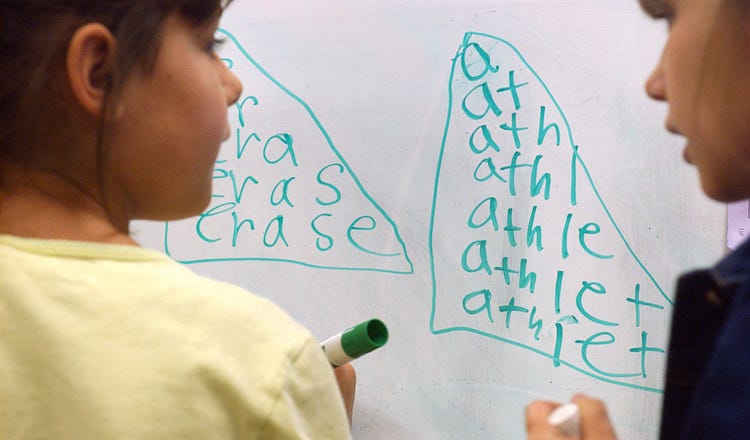The Three Biggest Myths of a Public School Education

(Joey McLeister via Getty Images)
American parents have bought into noble ideas about their schools. Here’s the uncomfortable truth.
33
When Terry Grier became the superintendent of the Houston Independent School District in 2009, one of his top priorities was to reform the admissions process for the district’s highly coveted magnet schools.
Magnet schools were created in the 1960s and 1970s as a part of the effort to desegregate the K–12 education system. The idea was: let’s create gre…
Continue Reading The Free Press
To support our journalism, and unlock all of our investigative stories and provocative commentary about the world as it actually is, subscribe below.
$8.33/month
Billed as $100 yearly
$10/month
Billed as $10 monthly
Already have an account?
Sign In

